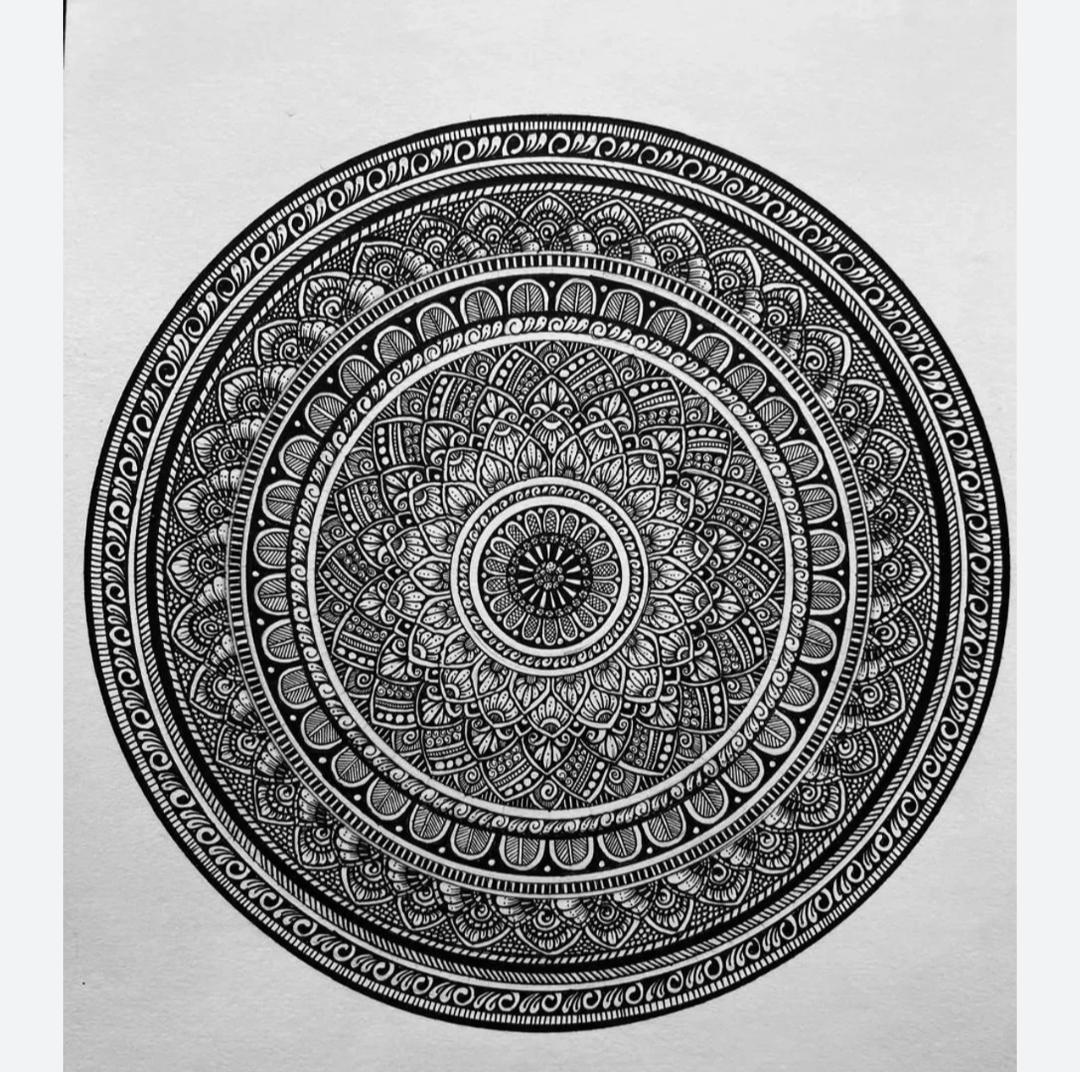Women's education in India is crucial for social and economic development, empowering individuals and communities while challenging gender inequality. Although significant progress has been made, with literacy rates rising substantially, challenges like poverty, gender discrimination, safety concerns, and cultural barriers continue to hinder full equality. Government initiatives, such as the Beti Bachao, Beti Padhao campaign and the National Education Policy 2020, aim to improve access and retention for girls and women across the country.
Importance of women's education
Economic growth: Educated women can pursue careers, contribute to the workforce, and increase national GDP.
Social empowerment: Education empowers women to become independent, make their own decisions, and break traditional gender stereotypes.
Health and sanitation: Educated women are more likely to understand and practice good hygiene and nutrition, leading to lower infant and child mortality rates.
Family planning: Education provides women with knowledge about family planning and population control.
Reduced inequality: Educating women helps reduce gender inequality and combat social evils like early marriage.
Key challenges
Poverty: Families may prioritize boys' education or be unable to afford the costs associated with schooling.
Gender discrimination: Deep-rooted societal biases and stereotypes limit girls' access to educational opportunities.
Lack of infrastructure: Inadequate facilities, such as separate and clean toilets, can lead to high dropout rates, particularly after menstruation begins.
Safety concerns: Unsafe public spaces and travel can deter girls from attending school.
Government initiatives
Beti Bachao, Beti Padhao (Save the Daughter, Educate the Daughter): Aims to address the declining child sex ratio and promote the education of girl children.
National Education Policy 2020: Includes provisions for improving educational outcomes for girls, focusing on their empowerment and sufficient learning.
Other schemes: Programs like the Udaan scheme aim to provide opportunities for girls to pursue higher education.
Progress and outlook
India has made significant strides in increasing its overall female literacy rate, which has risen from about 12% in 1951 to 77% in recent years according to the World Bank.
However, disparities remain. In 2022, the female literacy rate was 70.3%, while the male literacy rate was 84.7%, falling behind the global average female literacy rate of 79%.
Despite these statistics, the trend shows a positive direction, and continued focus on closing the gender gap in education is essential for India's overall development.

